Likes
- Showing superb reliability (as long as it has been cared for).
- No-nonsense sold little nugget of a car.
- SSS variants genuinely fun to drive.
- Very inexpensive running costs.
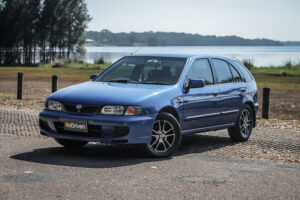
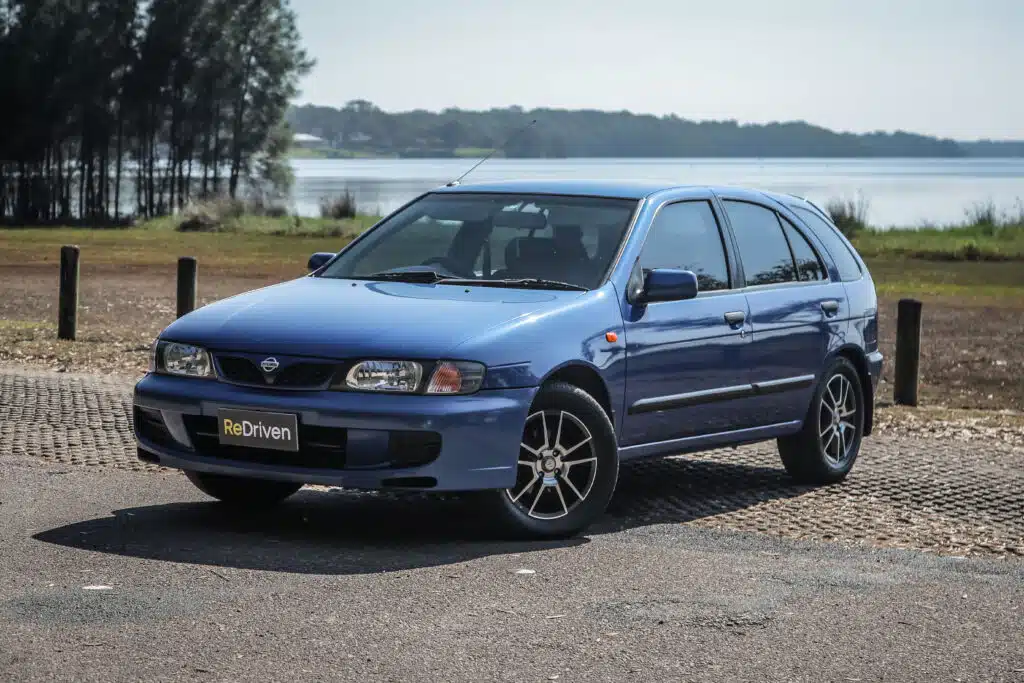
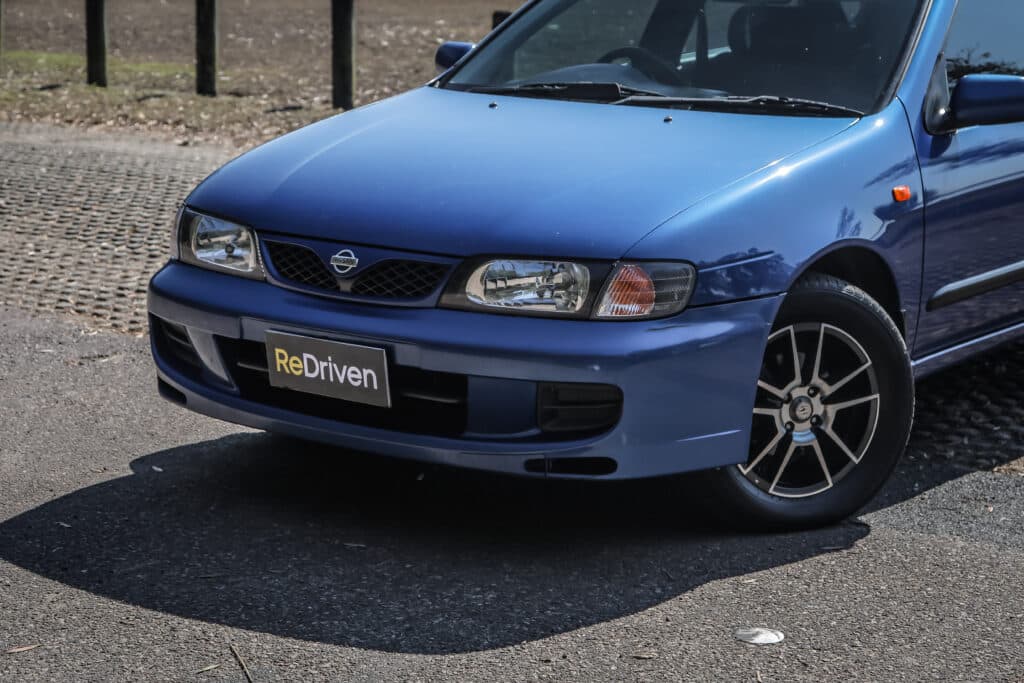
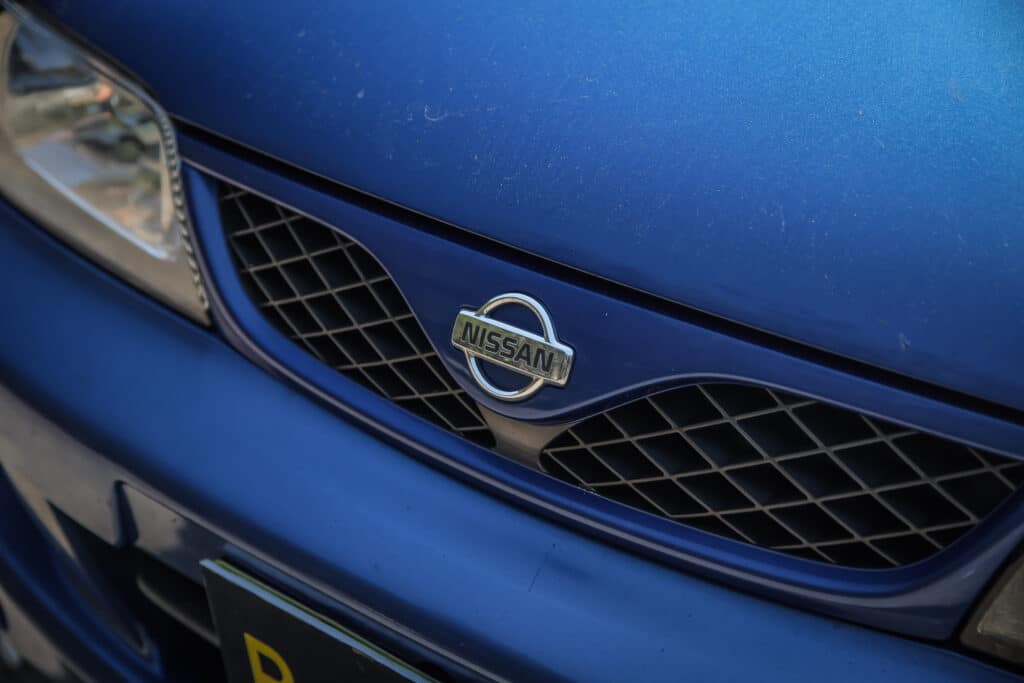
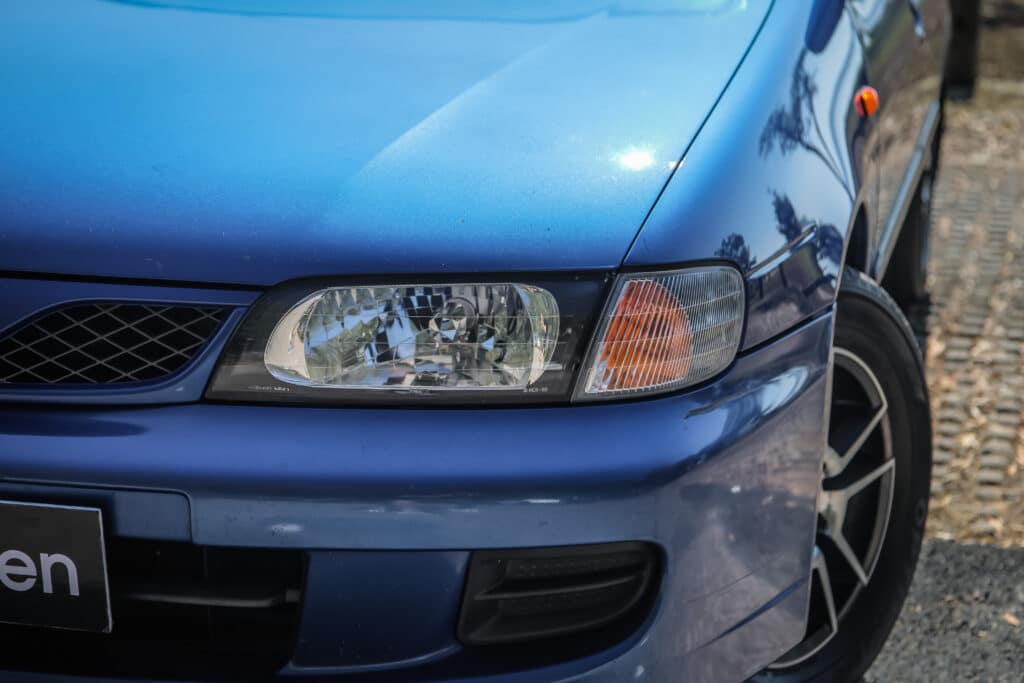
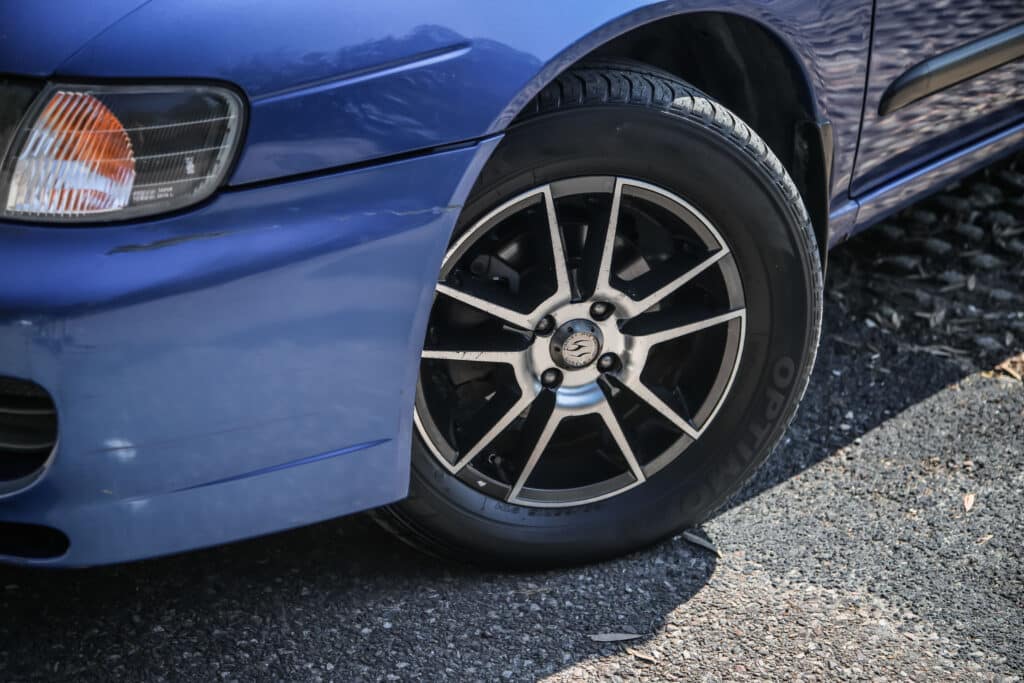
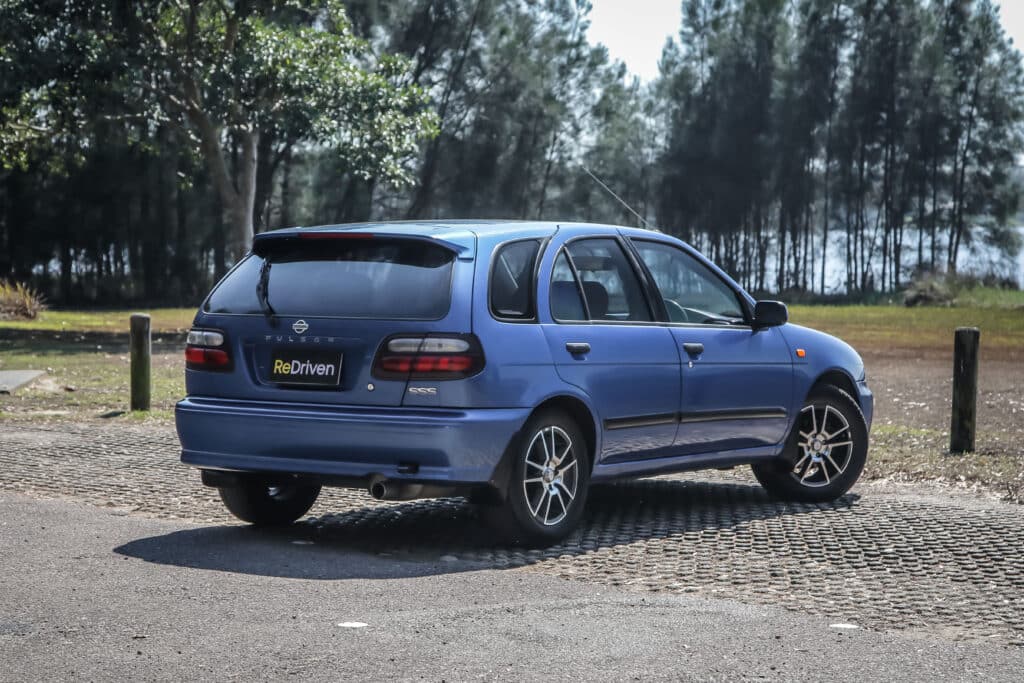
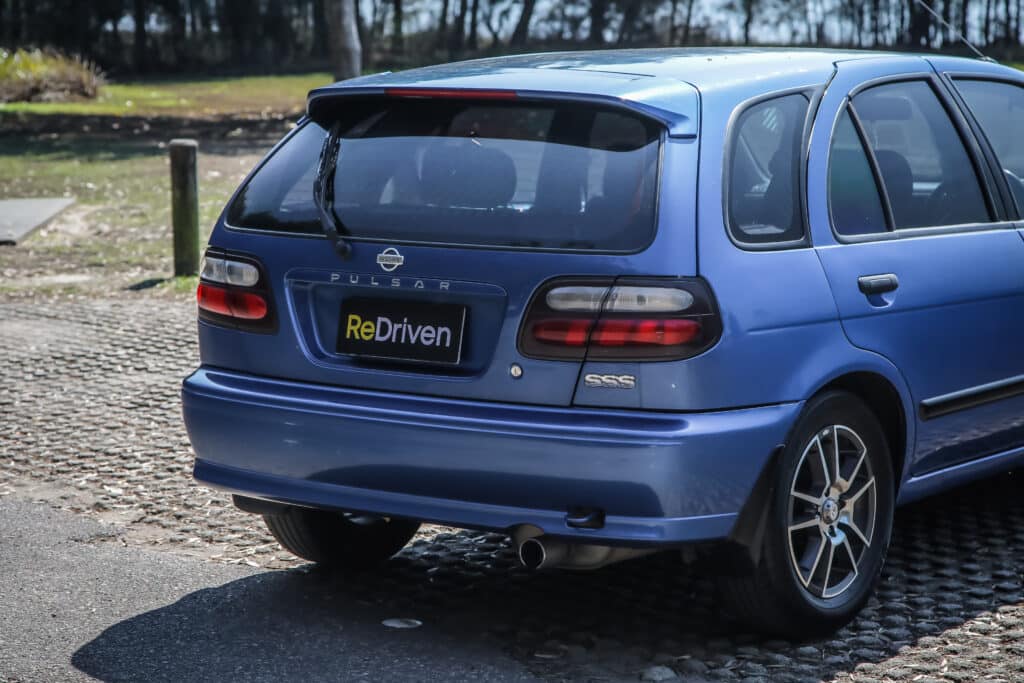
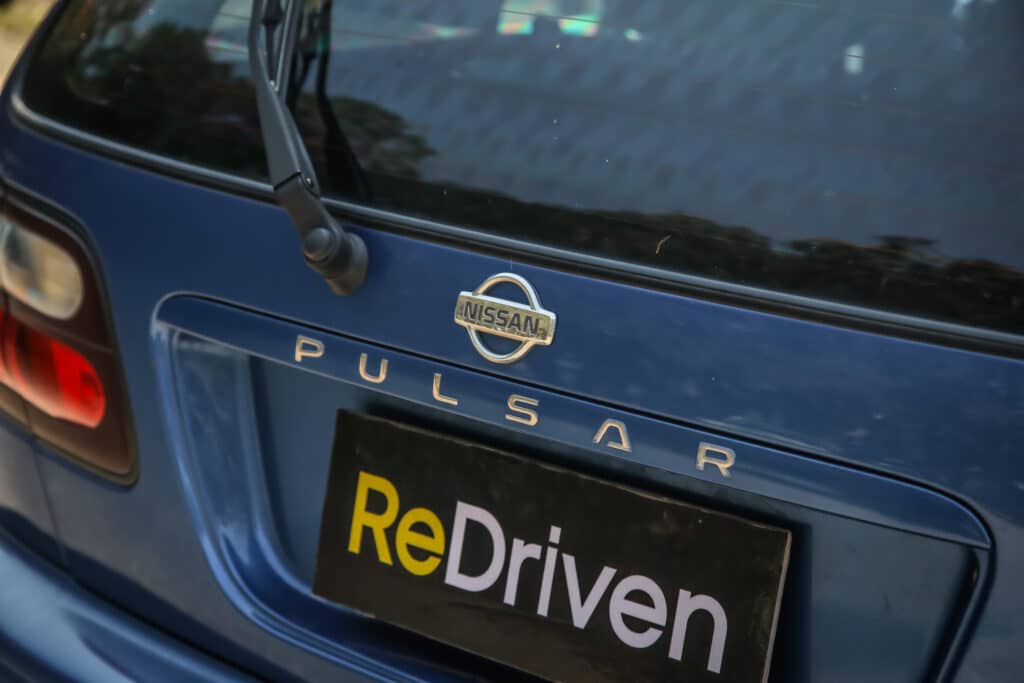
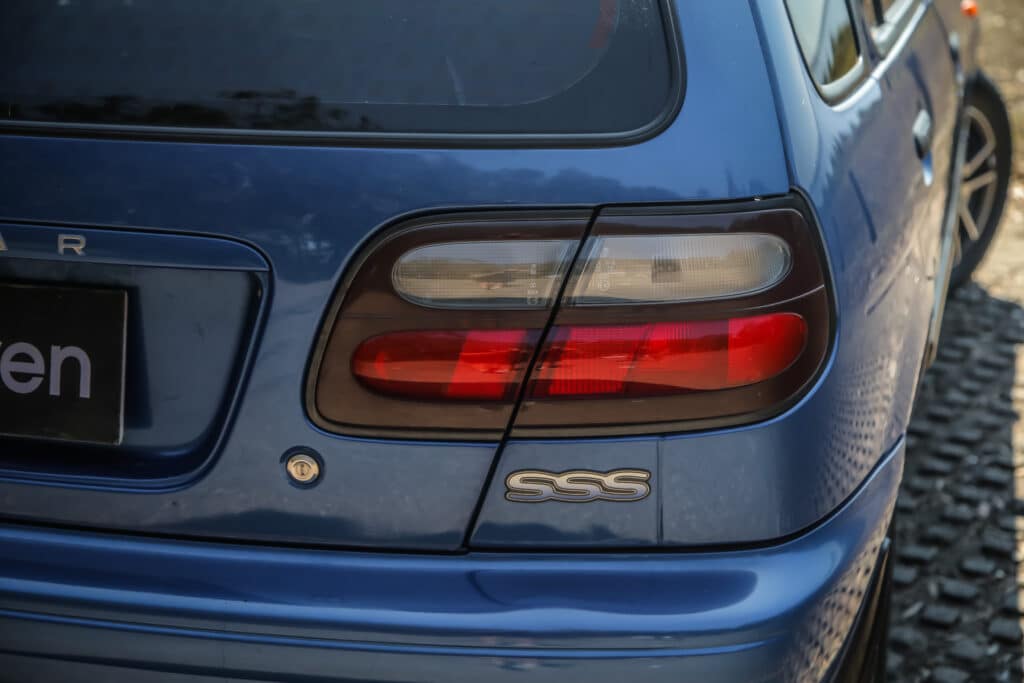
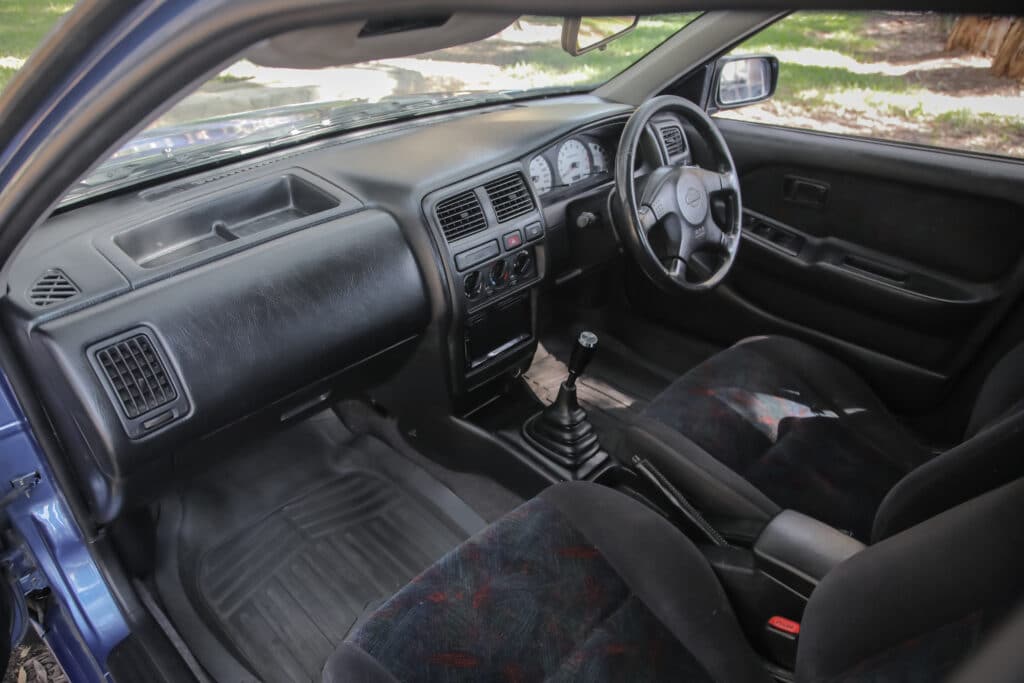
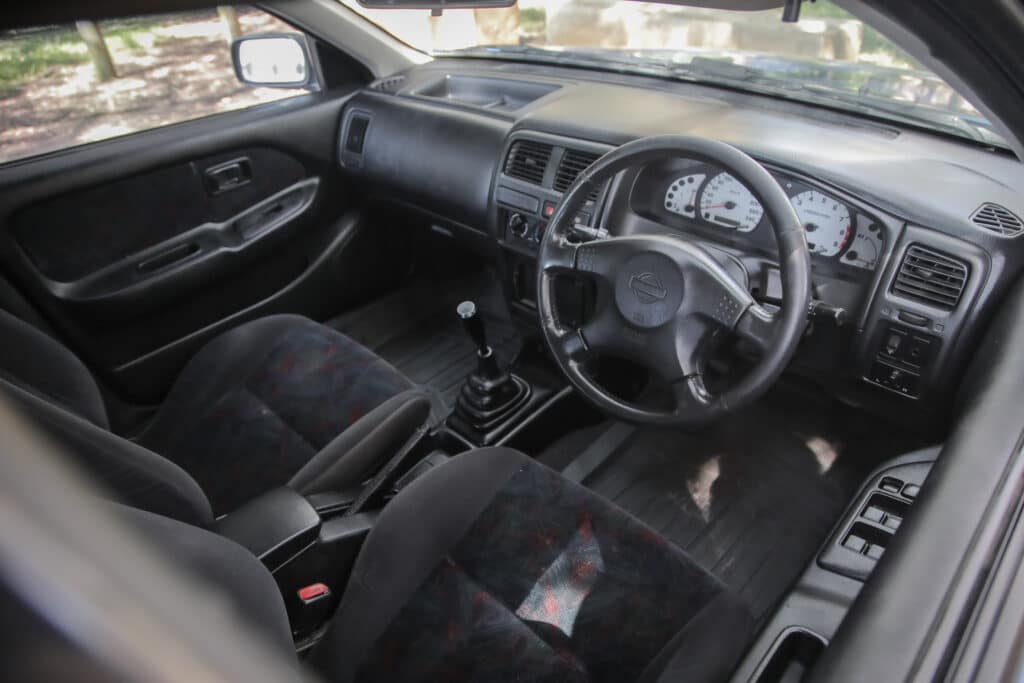
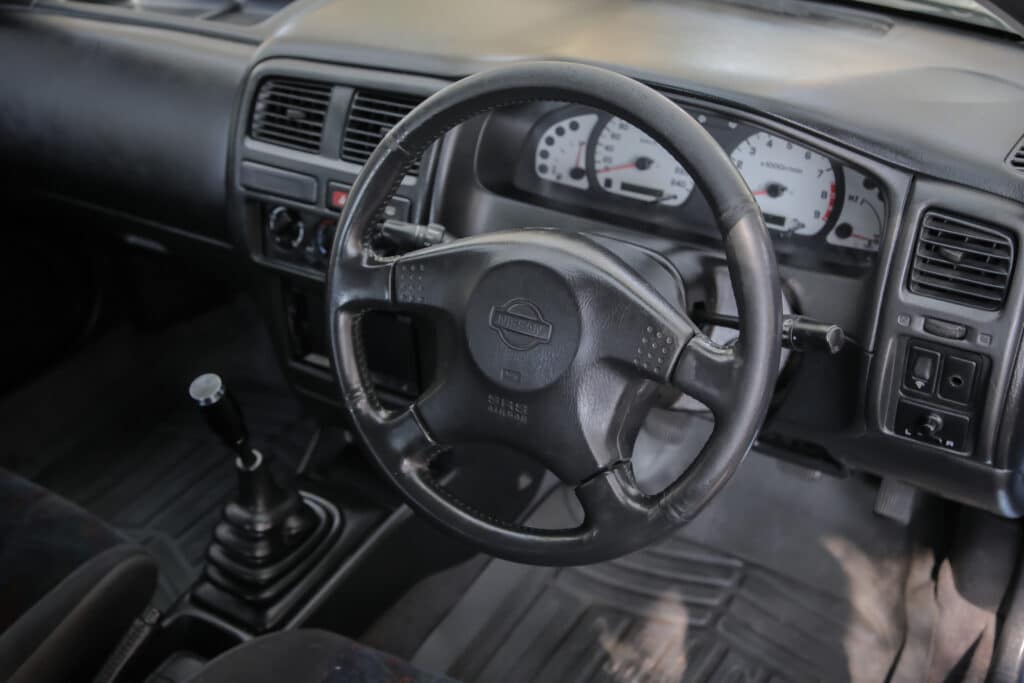
Nanna’s car. Go on. Say it out aloud. And be at peace with the stigma of Nissan’s N15 Pulsar before you buy used. Because it generally was, and in some examples still is, reliable motoring that continues to entice buyers on a hard budget.
Today, the N15 generation of Pulsar, arriving in 1995 in departing five years later, also serves as My First Car or a cheapo grocery getter on a shoestring. But there are a few things you need to consider about Nissan’s cost-conscious little hatch and sedan range before you commit, regardless of the extent of your, ahem, life experiences.
Fully imported, well made, decently packaged. There’s a lot to like about the model range that was, even in its time, patently dull if remarkably solid and dependable.
There was quite a bit of choice. Four core variants were offered in the LX, Q, SLX and big-engine SSS, as well as the Plus designation that attached itself to some versions from 1997 onwards. The range arrived from just under $23k in its launched year, but by 1996 you get into the Pulsar from a tenner under $20k for a manual LX hatch or splurge wildly on a full-fruit automatic SSS for around $34k before on-roads.
Clearly Nissan felt it overshot the mark with SSS, offered as a hatchback only, because when the N15 Series II facelift lobbed, in March 1998, pricing plummeted to $25k (man) and $27k (auto).
The staple power unit was the 1.6-litre petrol four producing 86kW and 147Nm: be still my racing heart.
The real action started right at the top of the range, with the SSS 2.0-litre outputting a vastly healthier 105kW and 179Nm. At 8.7sec claimed for the 0-100km/h sprint, the SSS was indeed a little rocket-ship for the times. Throughout the range, manuals are five speed, autos have four.
The shallow end of motoring’s gene pool didn’t offer much in the way of features back when Coolio’s Gangster Paradise topped the ARIA charts. Indeed, N15 is inevitably older than a good many of its younger buyers. What many consider to be fundamental equipment by 2022 standards – anti-lock brakes, air-con – weren’t fitted to most model variants. Particularly the early pre-update versions.
With hindsight, would you stump for a used LX, a base model so basic its highlights are central locking and power steering? If you’re desperate. At least the one-up Q added a driver’s airbag. Either way, you might find examples with air-con – it was optional – but you really need to sniff out an SLX to get such creature comforts as power windows and cassette player. The Plus brought air-con and – gulp – allow wheels and power mirrors.
In the early stuff, you really need the SSS, even if you’re a beginner driver. Why? Because it solely fitted anti-lock brakes in series I range.
Out of the later Series II (MY98) machinery, the SLX is perhaps the pick of the small-engined bunch, particularly if you’re after the sedan version with anything like decent kit. These latter flagships brought ABS, alloys, remote central locking and even a CD player. All Series II variants got a driver’s side airbag.
The N15 was put to pasture in Jul 2000 and replaced by a larger if equally Nanna-certified N16 successor, if without a feisty SSS version in its ranks.

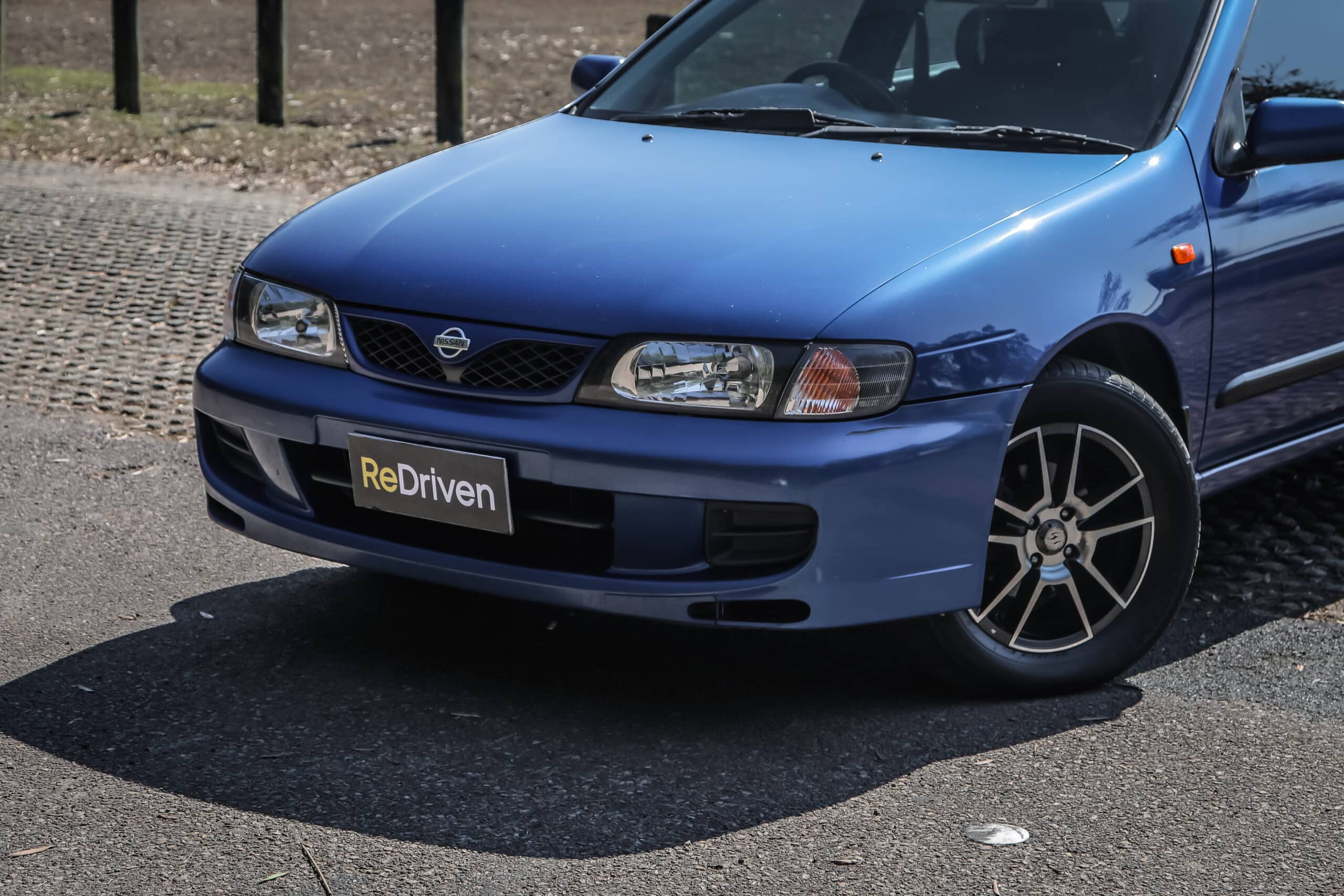
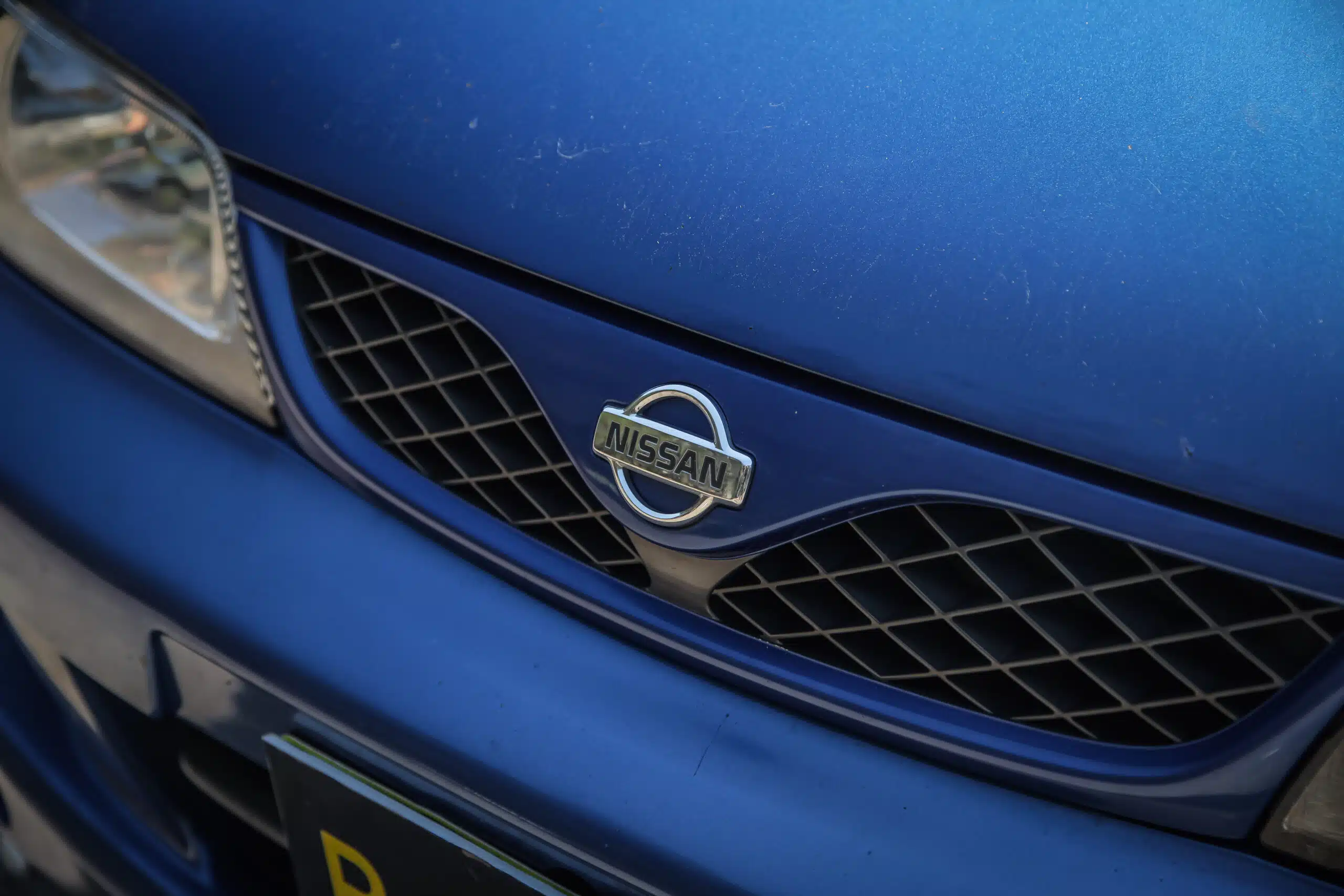
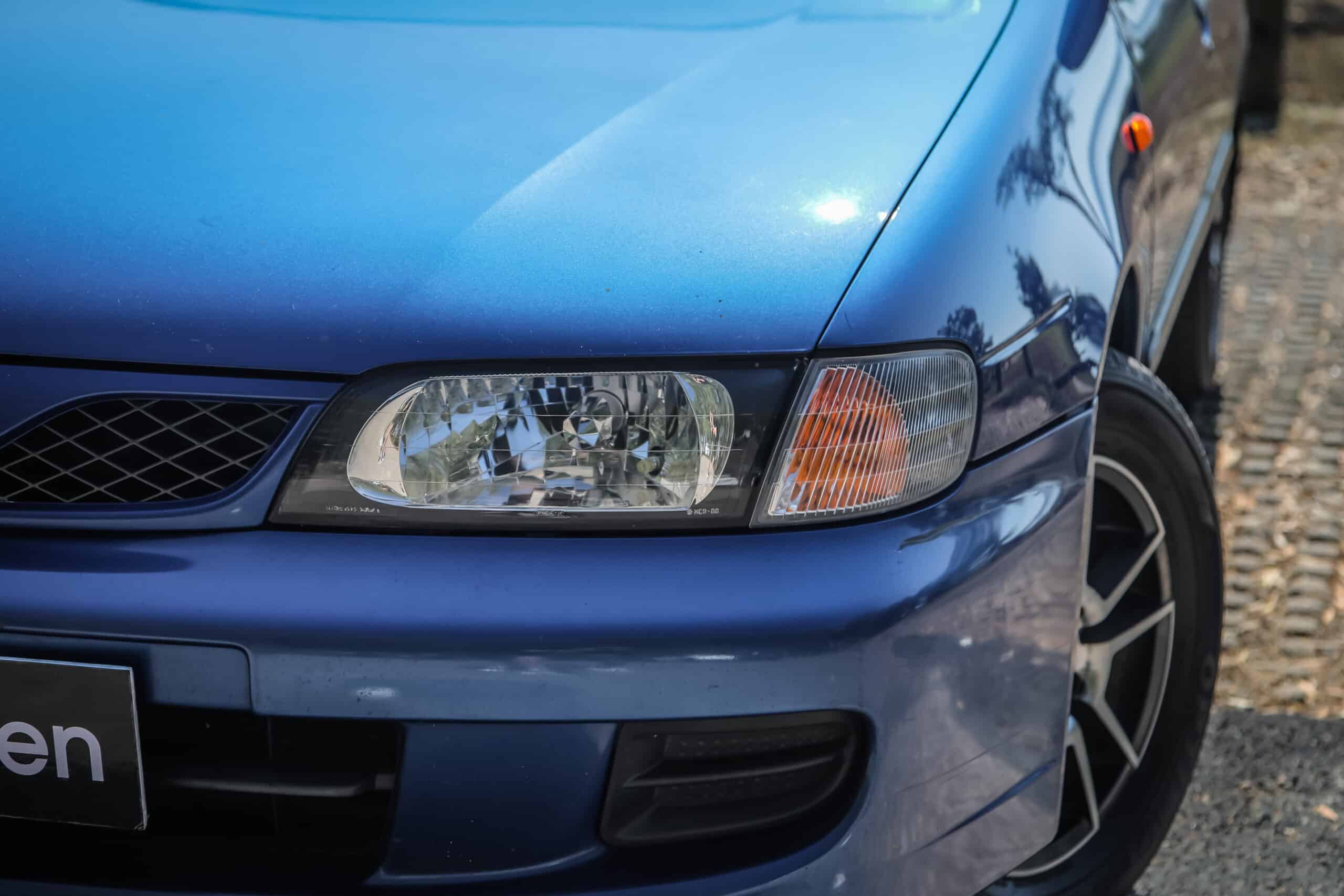

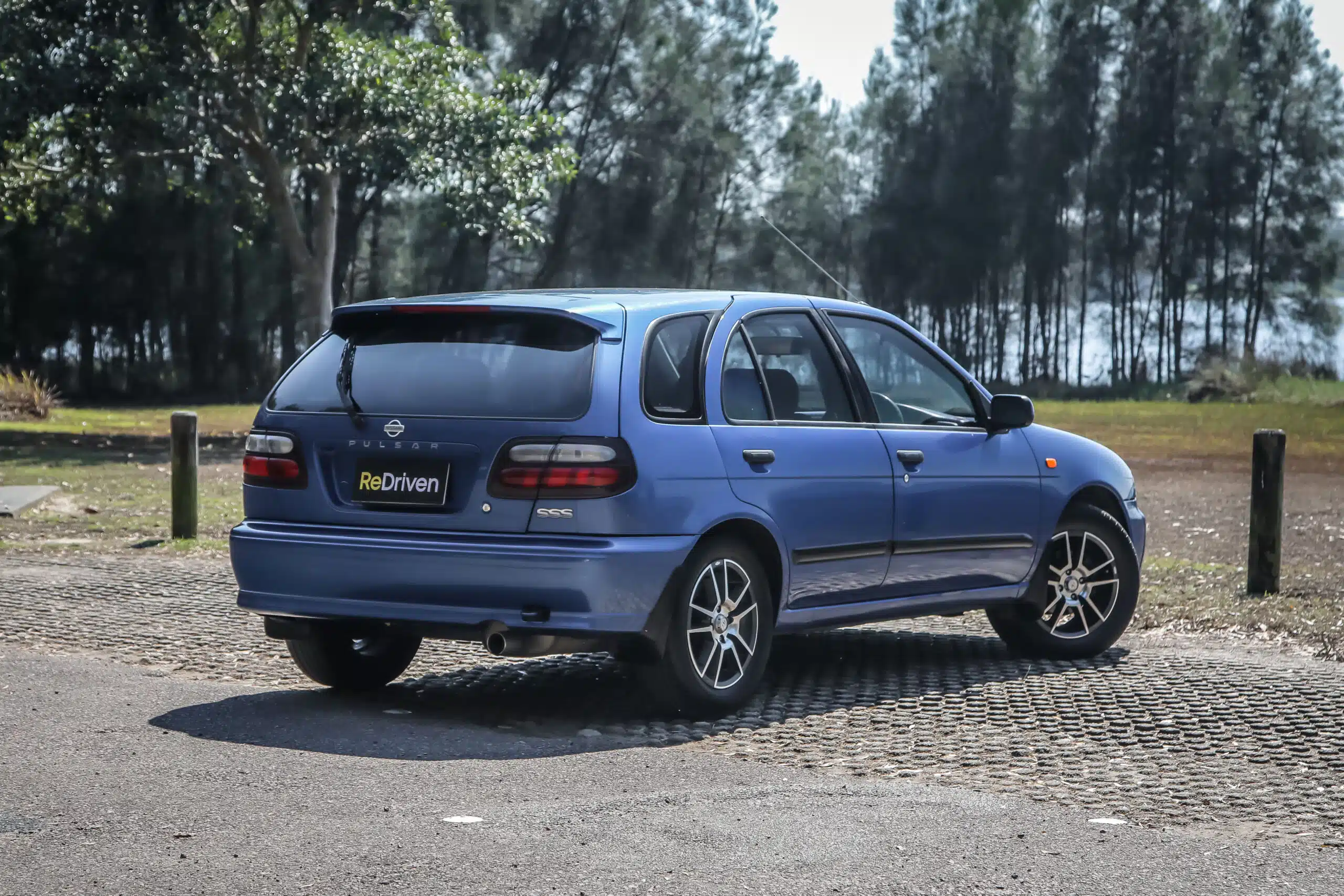
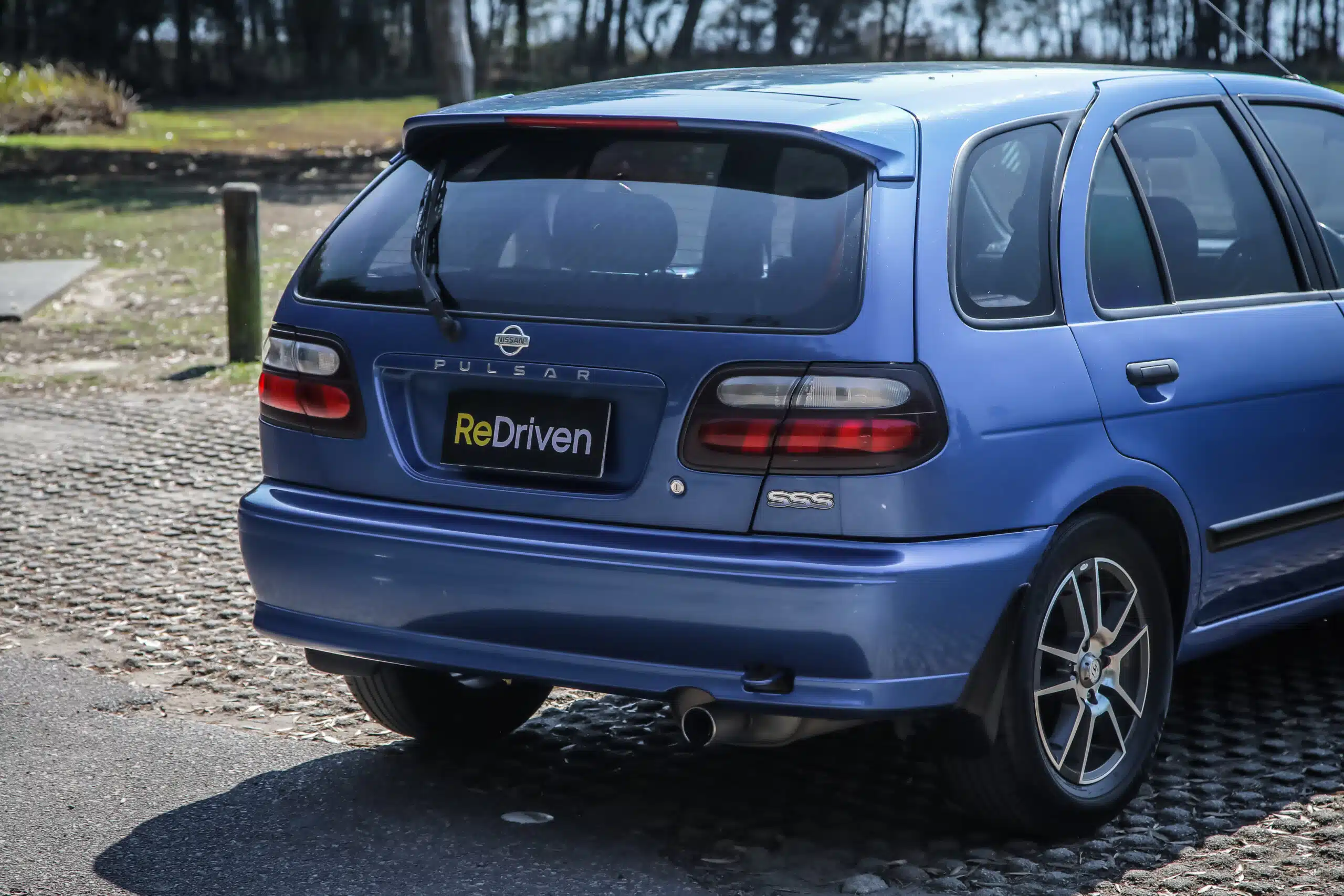
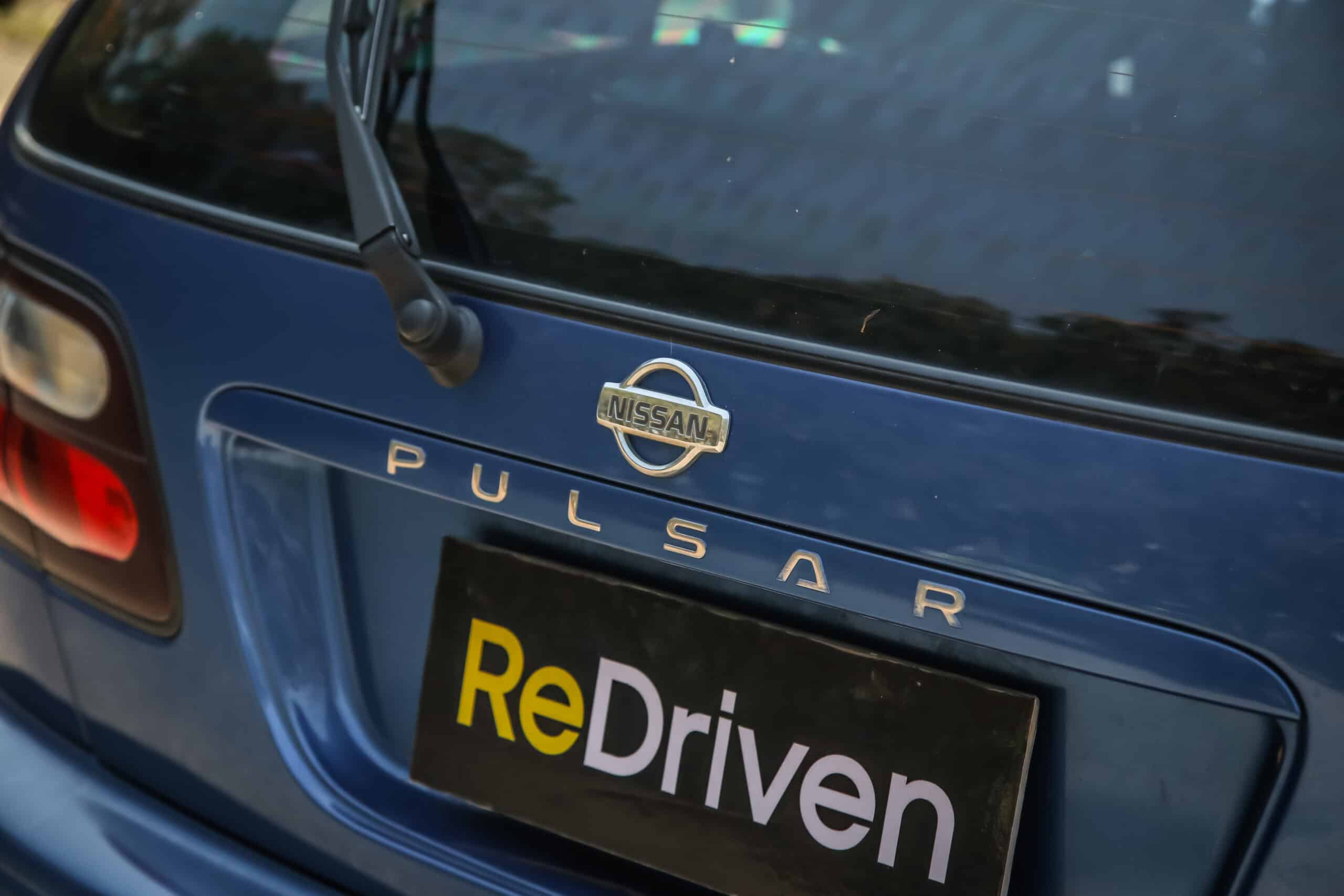
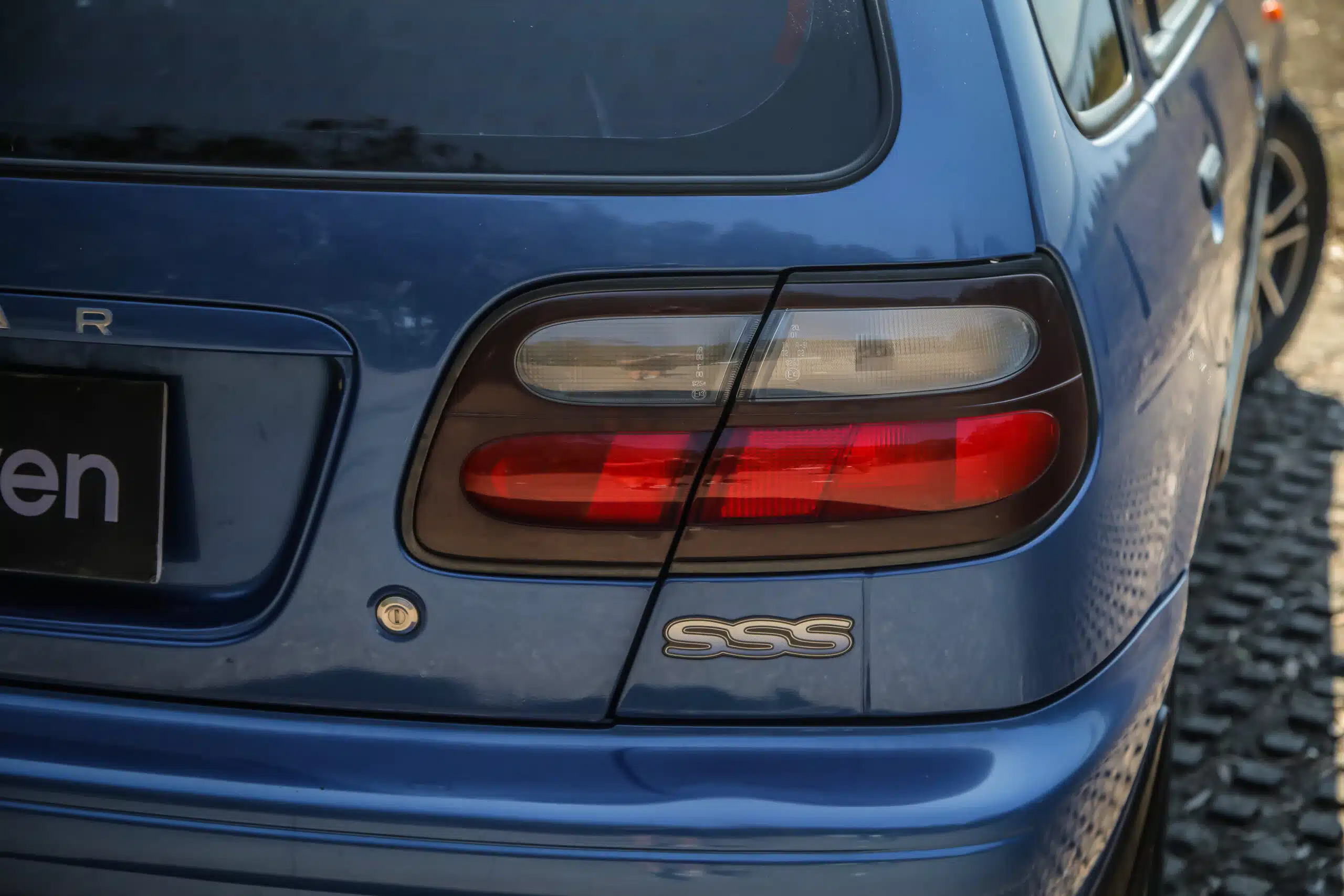
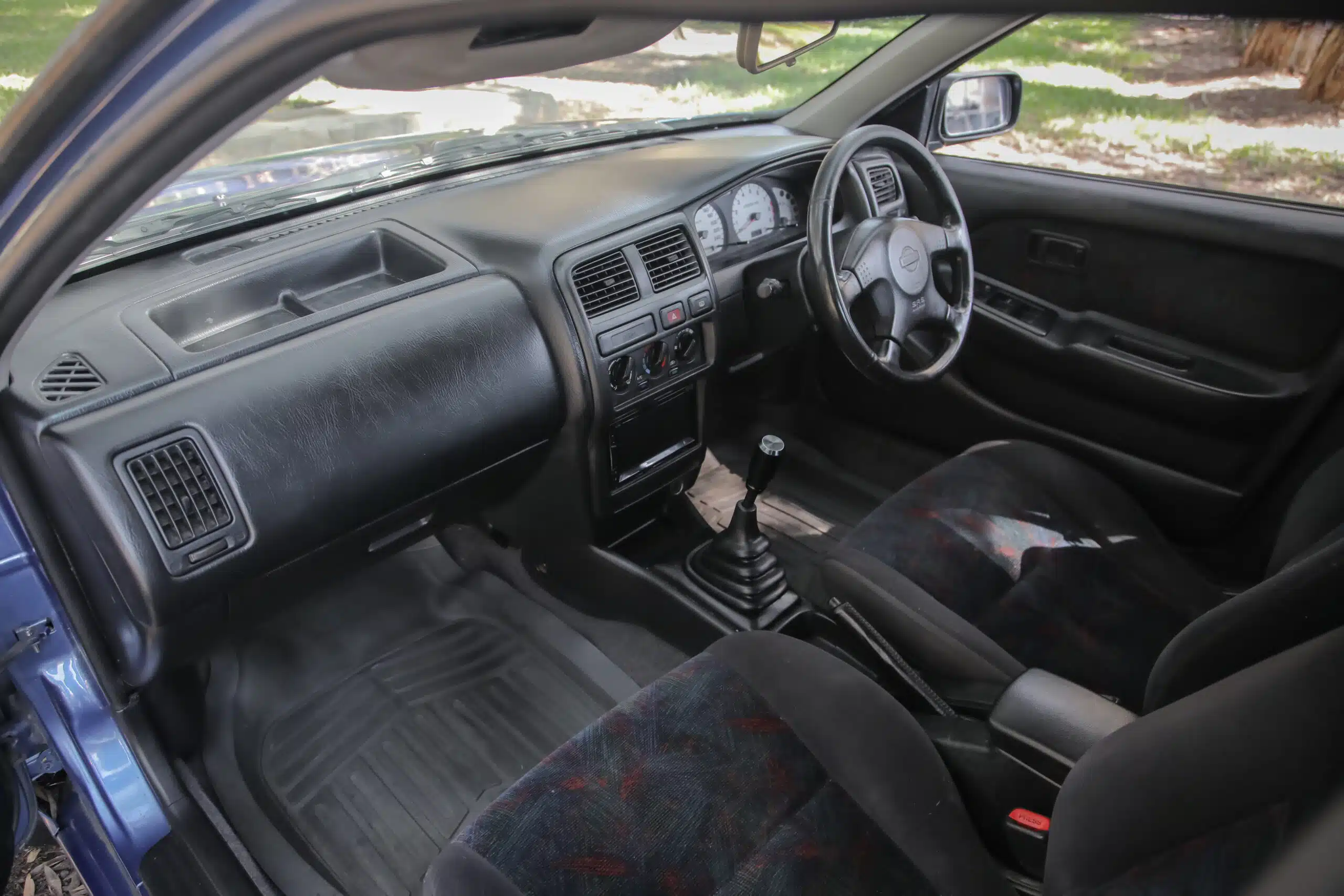
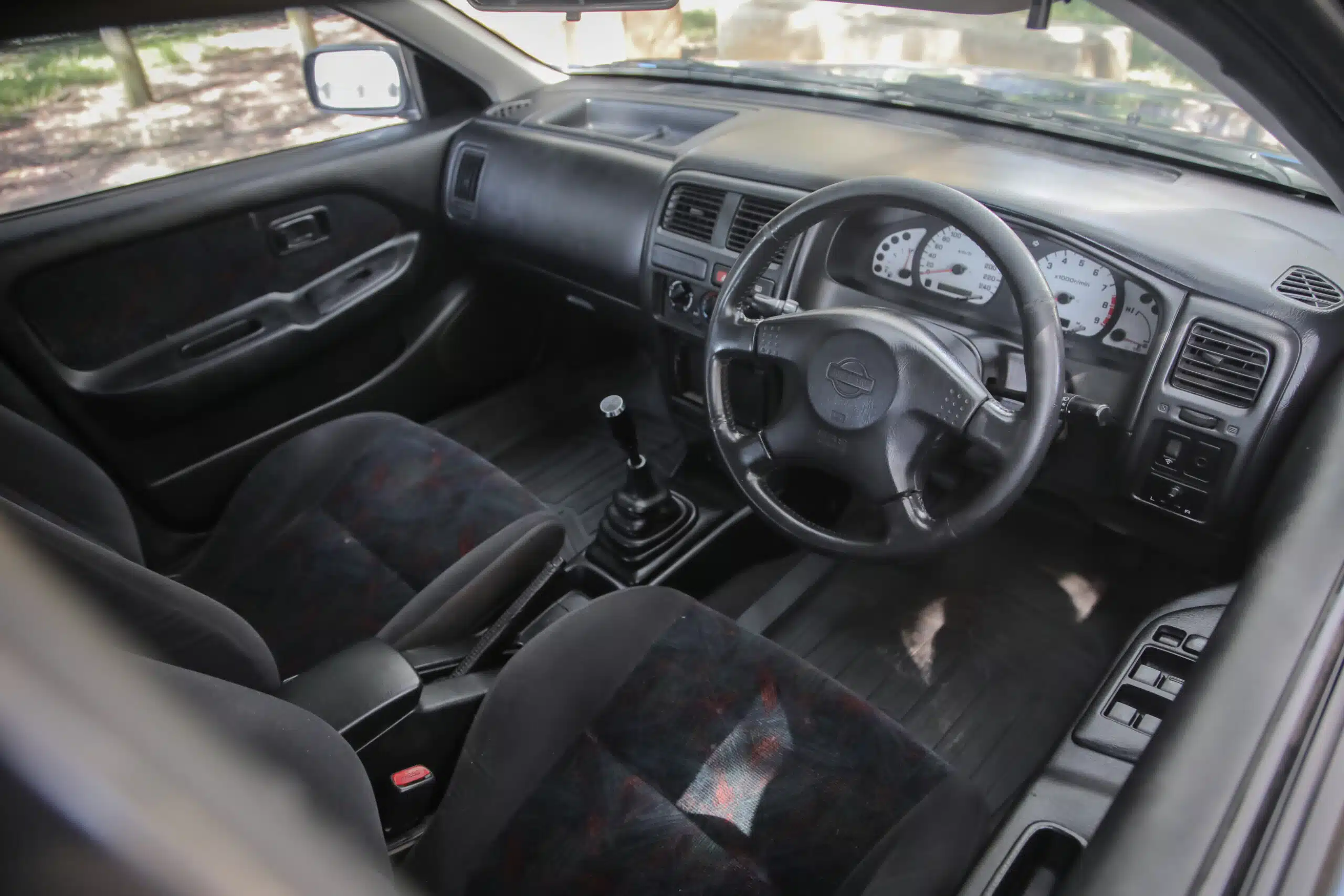
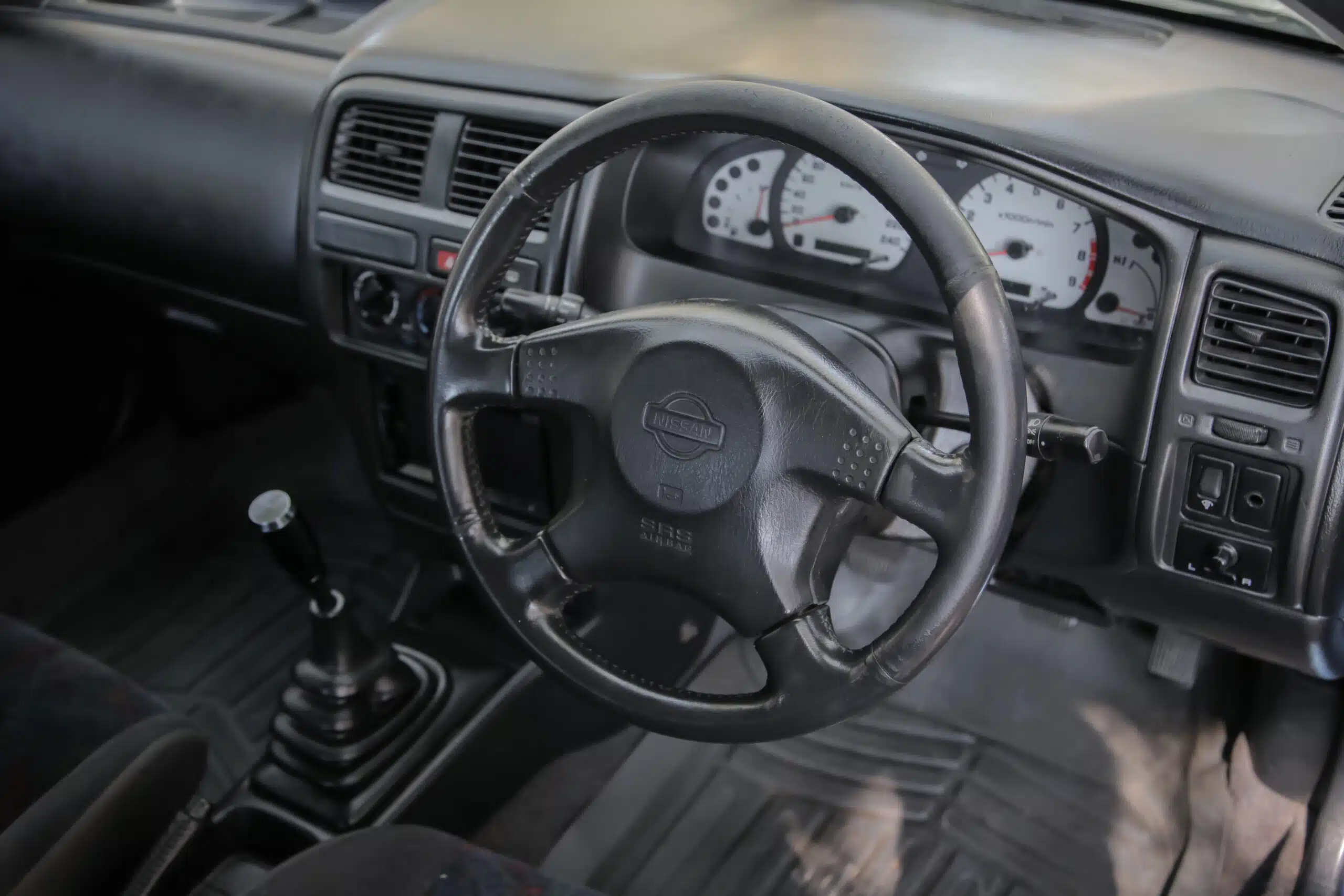












If your budget is in the $3000 to $7000 range, there are very few reasons why you shouldn’t but this generation of Pulsar.
Just like when these were new, the Pulsar is still an affordable, practical and economical no nonsense little nugget of car that is built like a tank and when thoroughly cared for and serviced correctly, should provide excellent reliability, even 20 years later.
Plus in SSS form, it is genuinely really fun to drive.
The only reason you’d hesitate to buy one is that the levels of safety leave a lot to be desired especially on the base spec examples, now that they’re getting older confirming their service history can be a challenge and aesthetically, they are understated to the point of maybe a little boring.
Besides that, the Pulsar is a great thing. If you’re on the tightest of budgets, find a cared for one of these with the right service history and buy it.
Just, don’t crash it.
If your budget is in the $3000 to $7000 range, there are very few reasons why you shouldn’t but this generation of Pulsar.
Just like when these were new, the Pulsar is still an affordable, practical and economical no nonsense little nugget of car that is built like a tank and when thoroughly cared for and serviced correctly, should provide excellent reliability, even 20 years later.
Plus in SSS form, it is genuinely really fun to drive.
The only reason you’d hesitate to buy one is that the levels of safety leave a lot to be desired especially on the base spec examples, now that they’re getting older confirming their service history can be a challenge and aesthetically, they are understated to the point of maybe a little boring.
Besides that, the Pulsar is a great thing. If you’re on the tightest of budgets, find a cared for one of these with the right service history and buy it.
Just, don’t crash it.
If your budget is in the $3000 to $7000 range, there are very few reasons why you shouldn’t but this generation of Pulsar.
Just like when these were new, the Pulsar is still an affordable, practical and economical no nonsense little nugget of car that is built like a tank and when thoroughly cared for and serviced correctly, should provide excellent reliability, even 20 years later.
Plus in SSS form, it is genuinely really fun to drive.
The only reason you’d hesitate to buy one is that the levels of safety leave a lot to be desired especially on the base spec examples, now that they’re getting older confirming their service history can be a challenge and aesthetically, they are understated to the point of maybe a little boring.
Besides that, the Pulsar is a great thing. If you’re on the tightest of budgets, find a cared for one of these with the right service history and buy it.
Just, don’t crash it.
Body Styles
Engine Specs
Transmission
Fuel Consumption
Length
Width
Height
Wheelbase
Kerb Weight
Towing
Ancap Ratings
Body Styles
Engine Specs
Transmission
Fuel Consumption
Length
Width
Height
Wheelbase
Kerb Weight
Towing
Ancap Ratings
Body Styles
Engine Specs
Transmission
Fuel Consumption
Length
Width
Height
Wheelbase
Kerb Weight
Towing
Ancap Ratings
Warranty
Servicing
Have ultimate peace of mind when buying a used car by purchasing an official PPSR report.
Please note that pricing information is subject to fluctuations in the automotive market.
Information correct as of Apr 08, 2024.
The advice provided on this website is general advice only. It has been prepared without taking into account your objectives, financial situation or needs. Before acting on this advice, you should consider the appropriateness of the advice, having regard to your own objectives, financial situation and needs.
Read our full terms and conditions here.
© 2024 ReDriven All Rights Reserved